In the mid-1960s, when the youth-driven cultural hedonism vibrantly depicted a ‘Swinging Sixties’ phenomenon of the United Kingdom, the world had the front row seats to a revolution in fashion, art, architecture and interior design. Everything from Mary Quant’s revolutionary mini skirts to the iconic band, the Beatles, who paved the way for an illustrious and melodious design scape. Among the many iconic household names that fashioned the world of multidisciplinary design, the protean British architect, interior designer and artist, Max Clendinning, took the design world by storm with his pop-coloured retroscapes and kaleidoscopic maximalism. Known to have played up and down the colour scale, Clendinning lived and worked in the United Kingdom with his partner, Ralph Adron, a Slade-trained painter and theatre set designer, advancing the design world through the early years of post-war Britain.
Running synonymously with the London Design Festival 2022, the London-based art gallery Sadie Coles HQ presents a unique exhibition ‘Max Clendinning: Interior Eulogies’ as a tribute to the late designer’s practice. The exhibition has been curated by the renowned art and design curator, Simon Andrews with the support of Ralph Adron and is currently on display from September 13, 2022, till October 1, 2022. The presentation brings together previously unseen pieces of furniture, artworks and sculptures from Ralph Adron's archival collections, as well as photographic memoirs chronicling Clendinning's interiors and original works on paper by Adron.
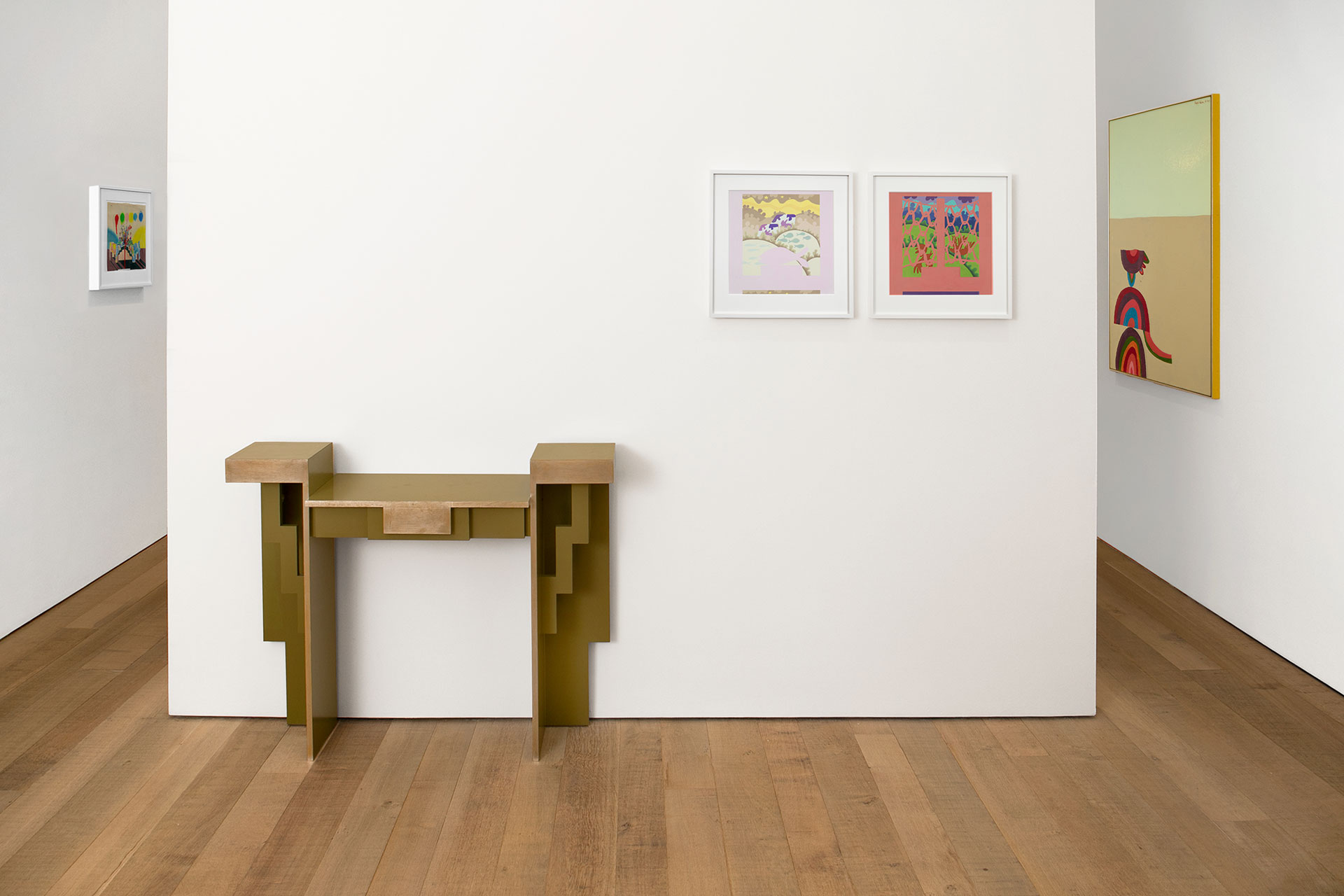
“With this exhibition, we hope to shine a light on his diverse creativity so that his work may continue to inspire, and be discovered by the new generation,” says Simon Andrews of the Andrews Art Advisory. Even though little to no documentation is available for his practice, Clendinning contributed a strong identity to British architecture and interior design. He was an active participant in the movements that helped in rebuilding Britain post-war, and contributed to the designs of the Festival of Britain 1951, and new and important municipal buildings including Manchester Oxford Road Station and the Crawley Civiv Centre both of which were completed in the early 1960s. However, the retro, neoclassical designs that fashioned the artistic sides of Britain came into the picture around mid 1960s and early 1970s. Among his renowned interior projects was the all-grey interior of the Christian Dior boutique in London and many shops in Covent Garden. Clendinning never stopped designing furniture, and unfailingly continued to reimagine his own living spaces.Furniture designed by Max Clendinning is retained in the collections of the Victoria & Albert Museum, London, the National Museum of Scotland, Edinburgh and the Ulster Museum, Belfast.
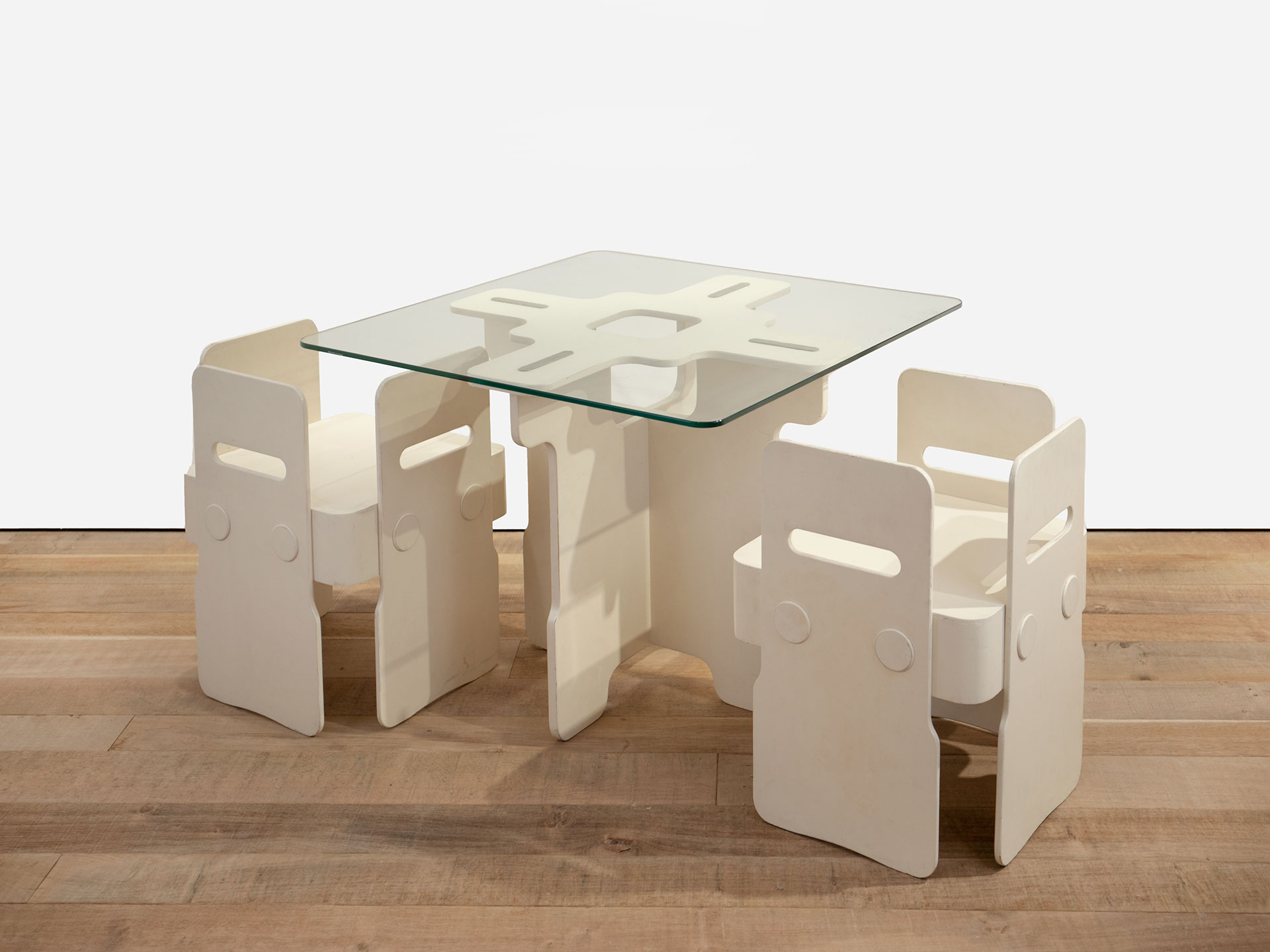
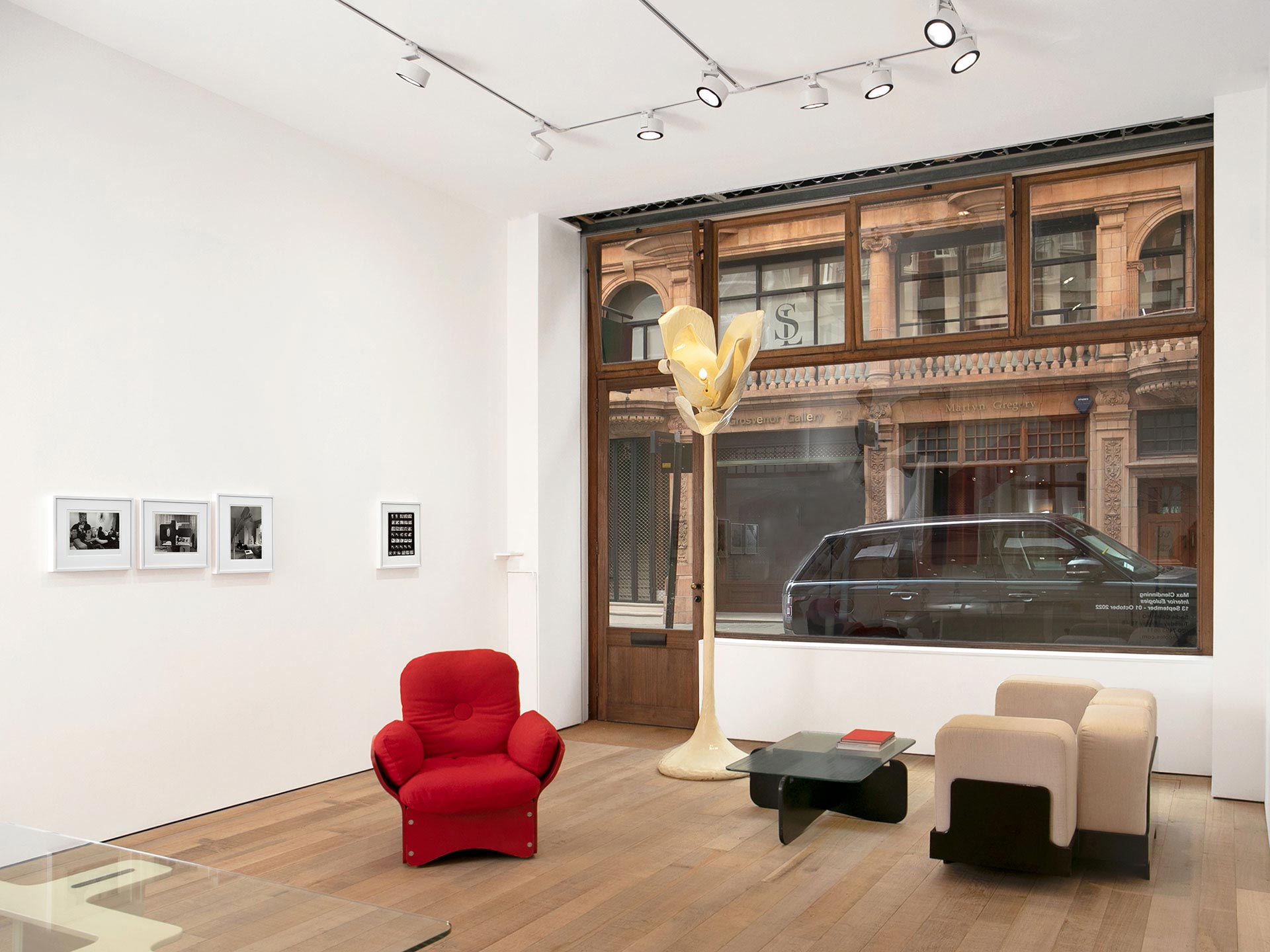
The exhibition is sure to provide a lens into Clendinning’s design practice which spanned across contemporary architecuture and futuristic industrial design. As an enigmatic and intuitive creator of the British Postwar Modern Movement of the 1960s, Clendinning sparked a touchstone in the popular zeitgeist with his daring and curious designs. Together with his life partner, Ralph, he platformed their near-fabled Georgian house in Islington as a canvas for Pop-Deco murals, flamboyant coloured ceilings and futuristic furniture pieces. Their house was the first of its kind, and it revolutionised interior design strategies throughout 1960s Britain by shifting away from the previously existing classicism and renaissance design context. Journalists, authors, and photographers, particularly Norman Parkinson and Tim Street-Porter, responded to these confident and highly individualised designs that were almost always merging into mono chromes or universal whites, guaranteeing that it was one of the most constantly documented interiors of its age. As part of the exhibition, many original adornments and sculptural furniture pieces from the house will be on display, including the sun table and satellite chairs, the pale white tulip sculpture that Adron created using papier mâché and many accounting photographs and artworks featuring the artistic approach towards design that the duo held.
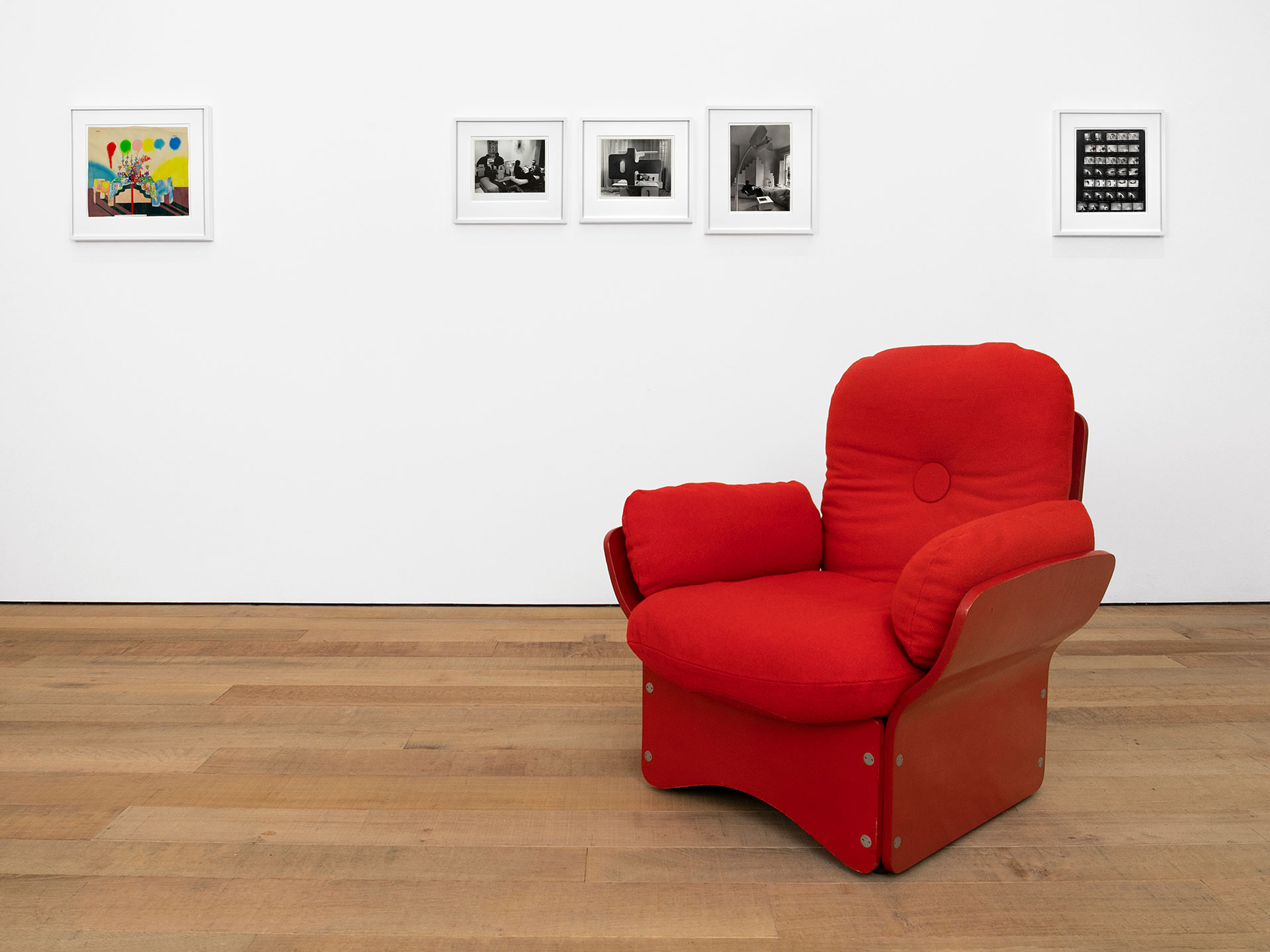
Simon Andrews curated the exhibition as a tributary set design of a domesticated space that can initiate a dialogue between Clendinning’s furniture design and the audience. The movement is such that the visitors are enabled to engage with all the objects and artworks in their natural aesthetics of a homely environment, just as Clendinning would have imagined them to be. “Between Max’s furniture and sculptures, and Ralph’s artworks and textiles, there is an appealing and engaging sense of pragmatism and of fantasy that feels rewarding,” says Andrews. For instance, on view is the iconic red Ariel armchair, designed by the British designer in 1967. The design resonated with the cocoon-like comfort of a regular armchair but with a reductive and efficient use of the material in a minimal number of interchangeable components. The chair was then uplifted from the look and feel of a regular armchair to a bright red seater as an interestingly relevant take on modernism after a gloomy, solid and almost unemotional state of functional design.
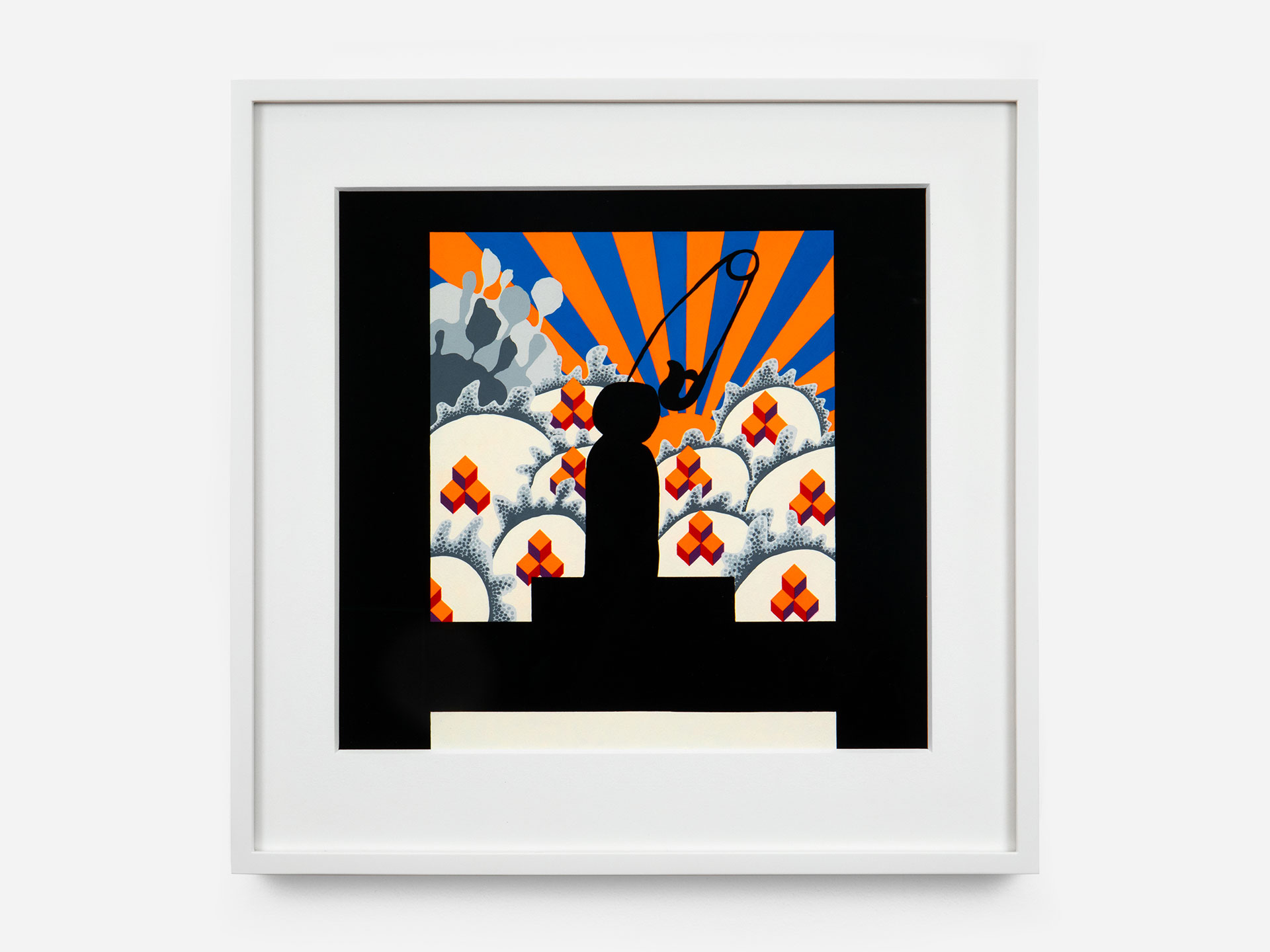
The duo created designs that almost always had an element of theatre in them with contrasting coloured furniture with shapes and sorts that were never seen before. For instance, the Saturn table and Satellite chairs, that Clendinning designed with unusual cuts and playful shapes. The furniture pieces almost looked like the elements of a multiversal movie set that not only caught the eye of major magazines in the era but also targeted a younger generation of design enthusiasts. The use of bold colours, highly unusual shapes of furniture, as observed in Clendinning’s ziggurat-shaped cabinet among the vivid artworks and textiles by Adron was what drew them into the limelight.
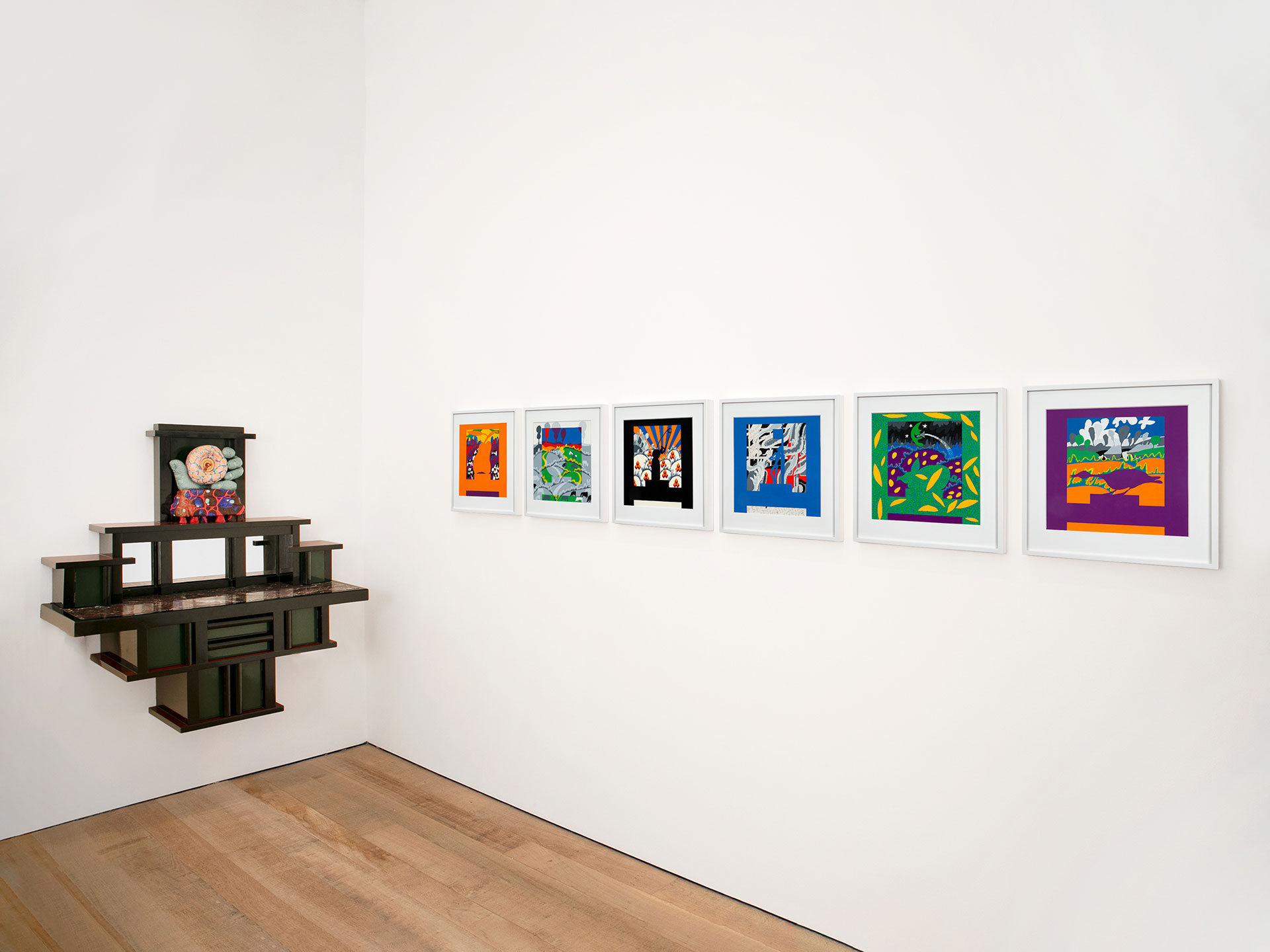
Sadie Coles HQ has always been more inclined towards presenting the fresh and best in design through their immersive and experiential display of artworks and designs. However, with Interior Eulogies, they take a bold step towards highlighting the roots of contemporaneity and modernism in design through the idiosyncratic and exquisite world of Clendinning. It is an exhibition that platforms the original accounts of Clendinning and Adron’s works as not just historically important pieces, but as the literal plots that eventually paved the way for the artistic and sculptural designs of the present age.






 Sign in with email
Sign in with email


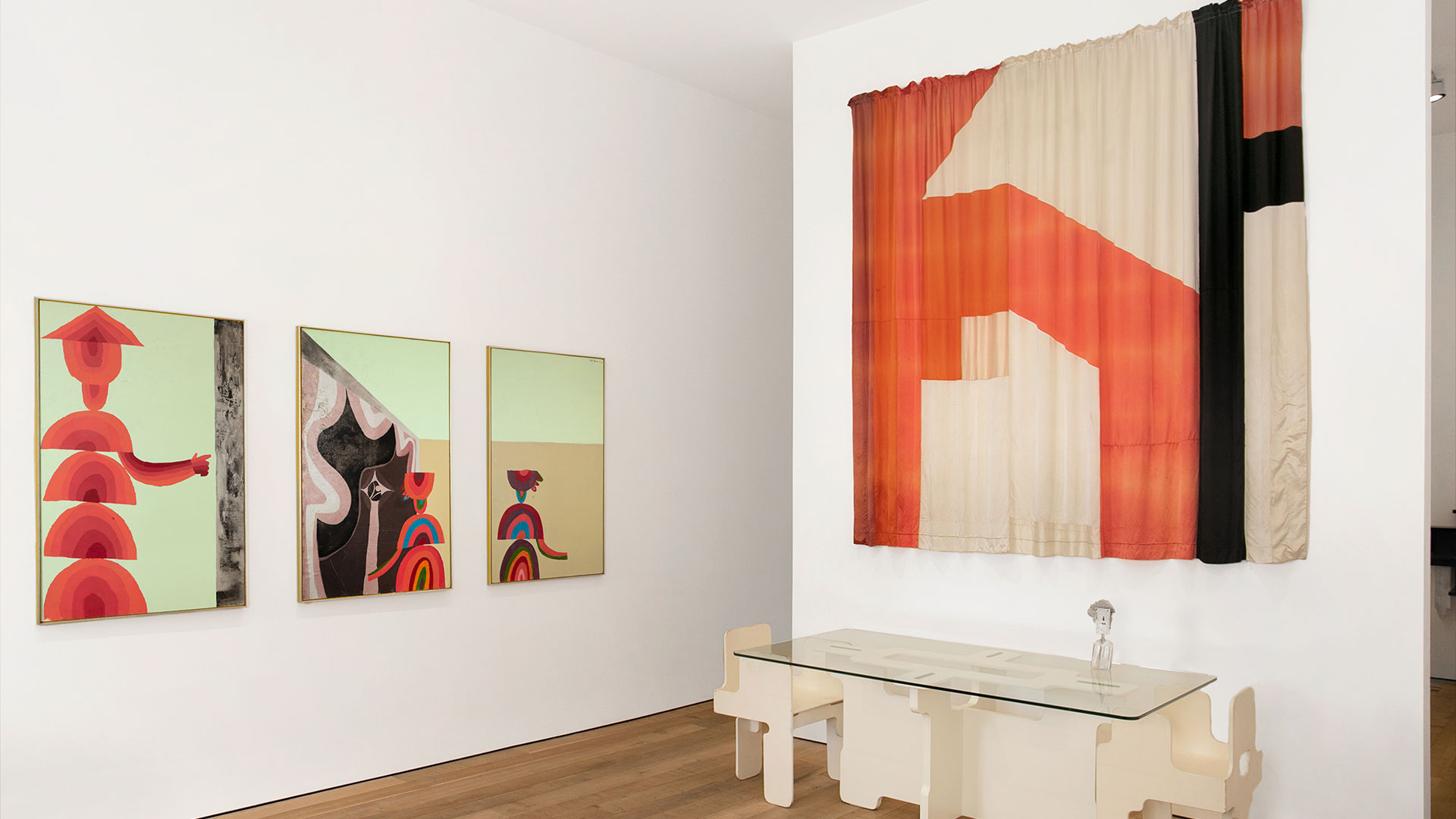
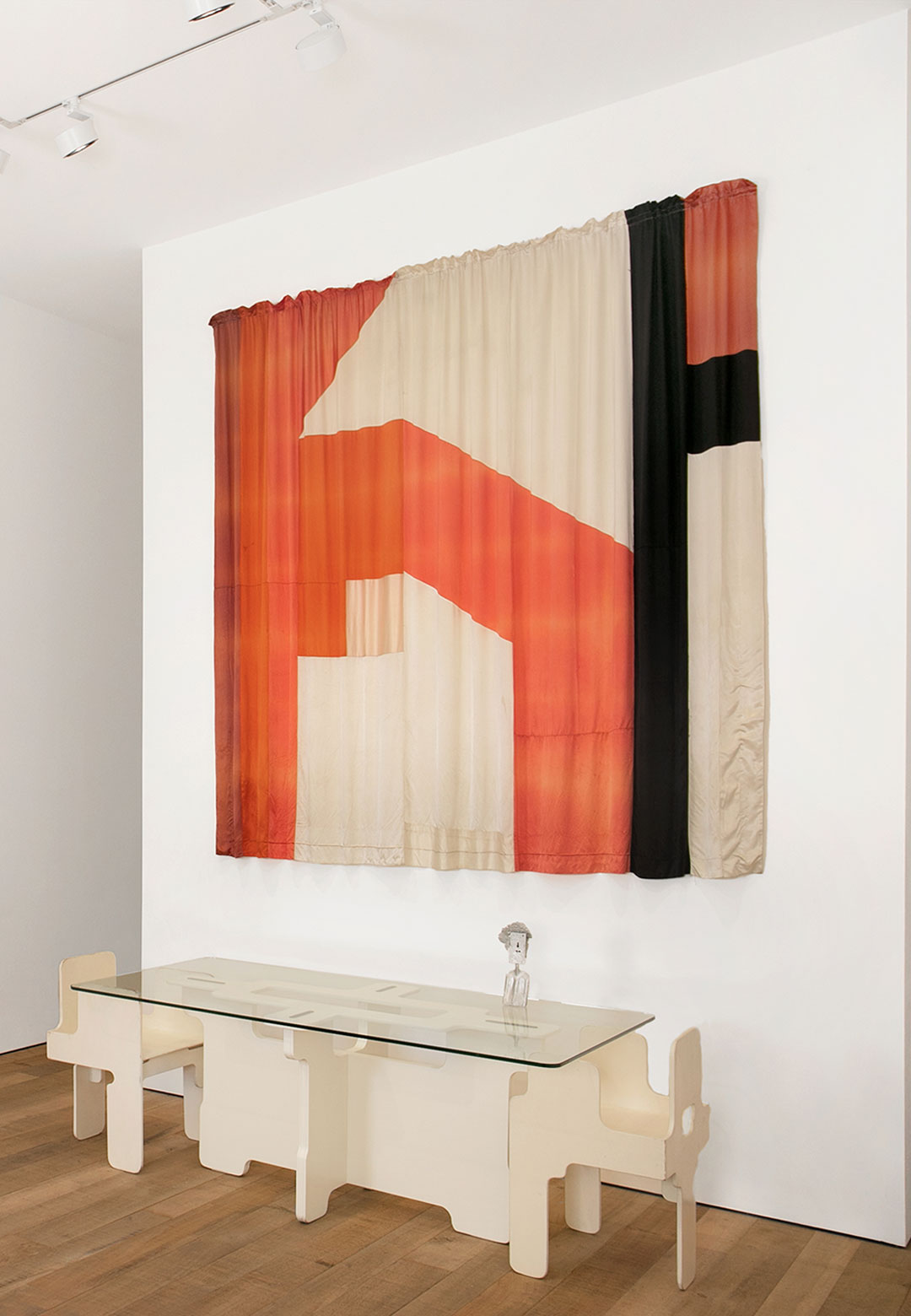






What do you think?